I often see physical details in my photos that I hadn’t noticed in the field but this time it was a behavior.
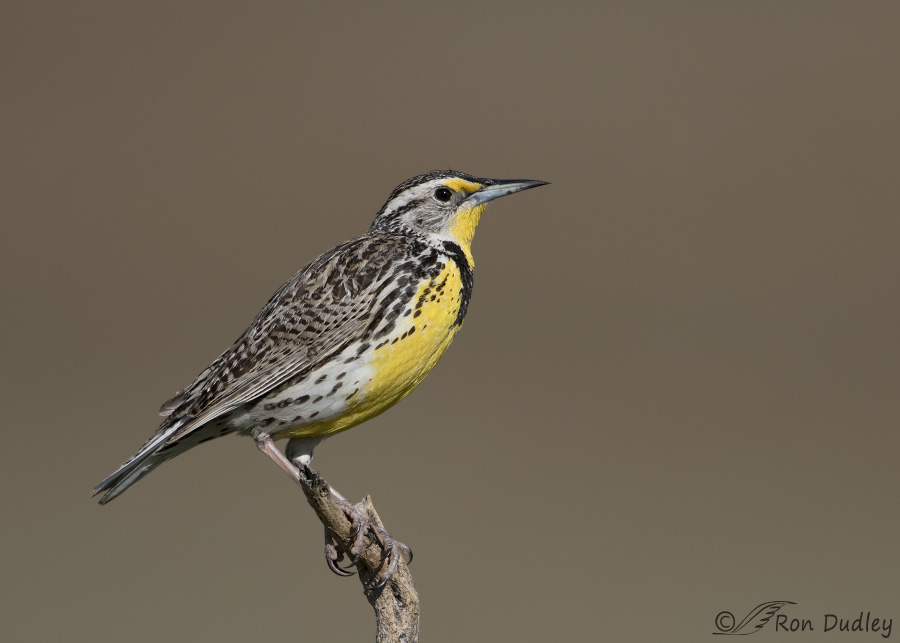
1/5000, f/6.3, ISO 500, Canon 7D Mark II, Canon EF 500mm f/4L IS II USM + 1.4 tc, not baited, set up or called in
I found this unusually cooperative Western Meadowlark yesterday morning on Antelope Island. I spent nine minutes with it as it posed for me with wing-lifts, wing and tail stretches and tail-flicks. During one stretching session the bird performed a maneuver that I had never seen before – from any species.
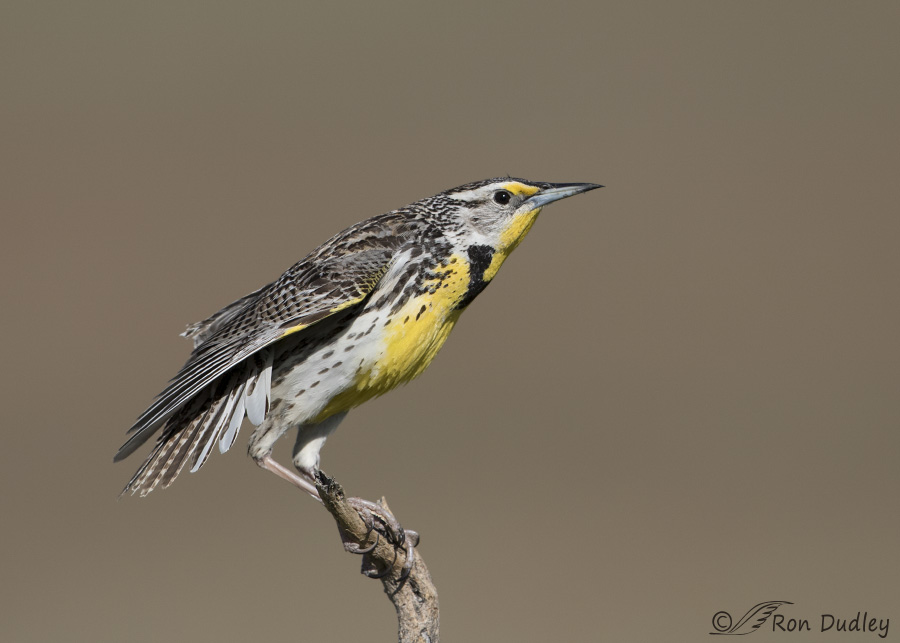
1/5000, f/7.1, ISO 320, Canon 7D Mark II, Canon EF 500mm f/4L IS II USM, not baited, set up or called in
Here the wing and tail stretch is just beginning. Notice the placement of the right foot.
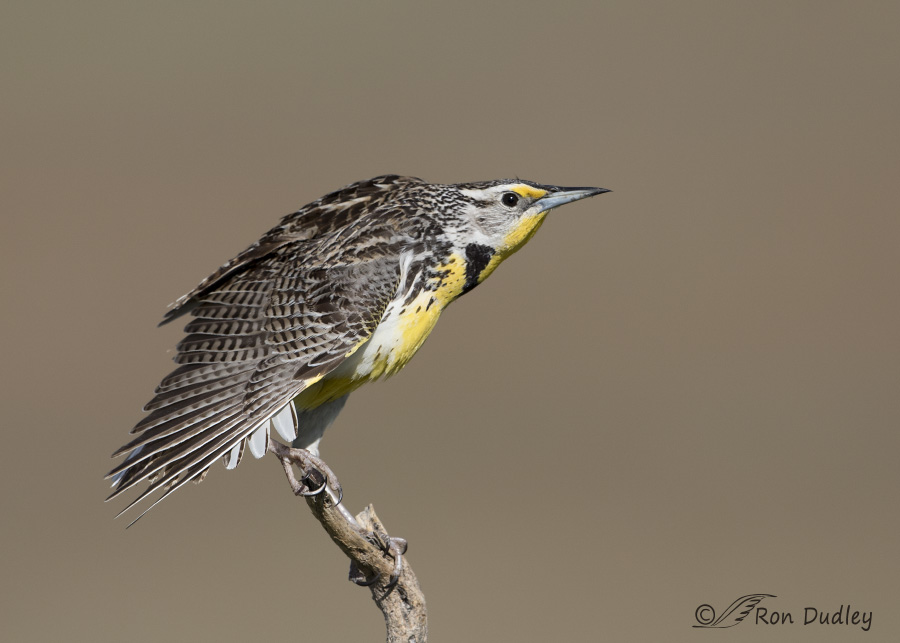
1/4000, f/7.1, ISO 320, Canon 7D Mark II, Canon EF 500mm f/4L IS II USM, not baited, set up or called in
As the wing came down the bird lifted that foot off the perch…
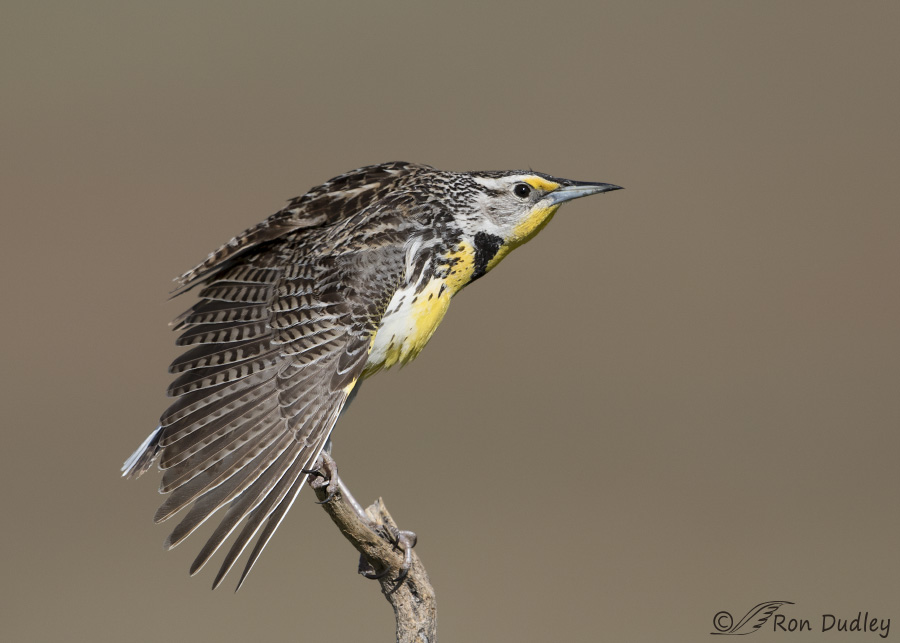
1/4000, f/7.1, ISO 320, Canon 7D Mark II, Canon EF 500mm f/4L IS II USM, not baited, set up or called in
and hooked one of its claws over the leading edges of two of its wing primaries.
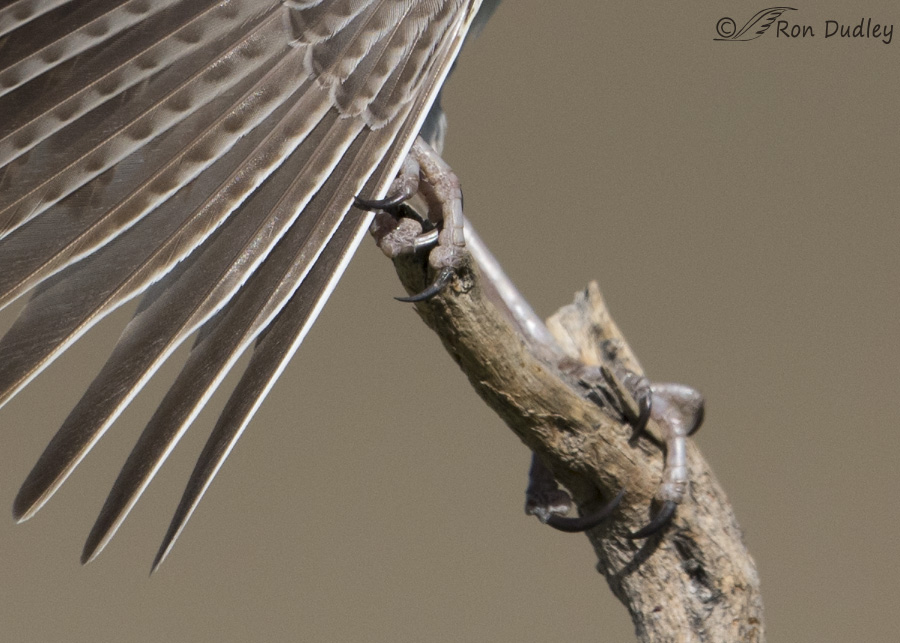
A huge crop of the previous image gives us a more detailed look.
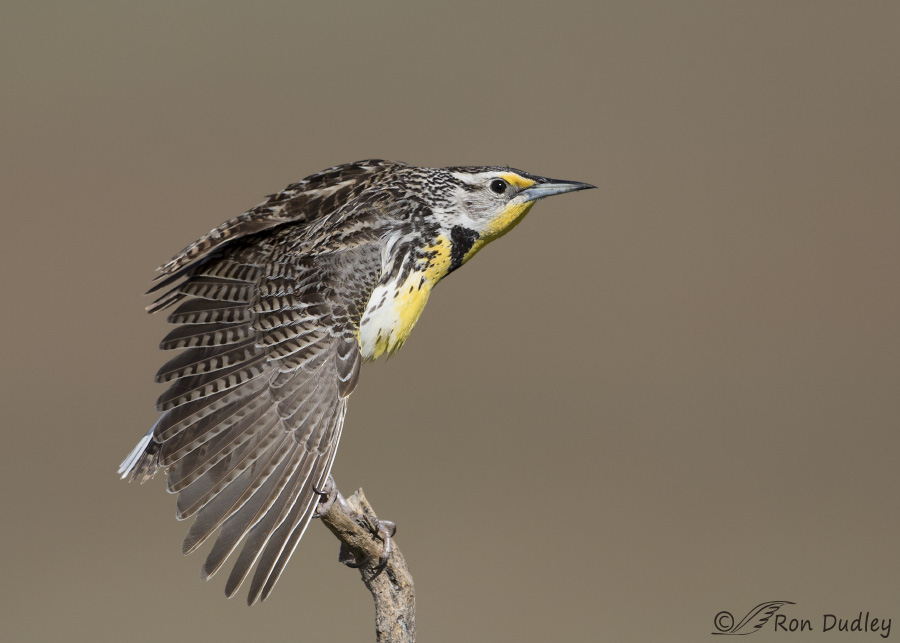
1/4000, f/7.1, ISO 320, Canon 7D Mark II, Canon EF 500mm f/4L IS II USM, not baited, set up or called in
Then the meadowlark began to slide that hooked claw…
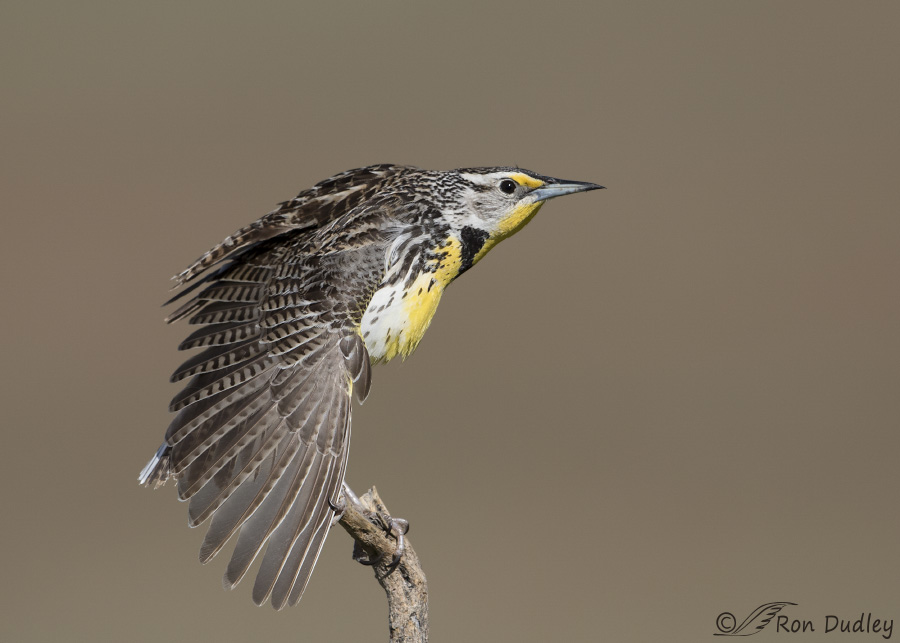
1/5000, f/7.1, ISO 320, Canon 7D Mark II, Canon EF 500mm f/4L IS II USM, not baited, set up or called in
down the entire length of the wing feathers.
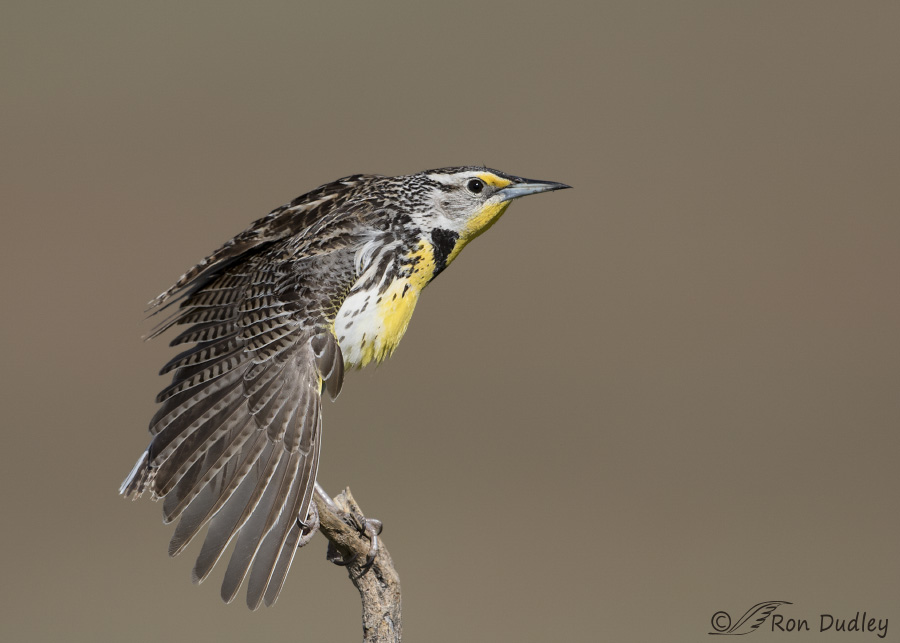
1/5000, f/7.1, ISO 320, Canon 7D Mark II, Canon EF 500mm f/4L IS II USM, not baited, set up or called in
The wing primaries are asymmetrical so when the claw reached the curved edge of the inner feather…
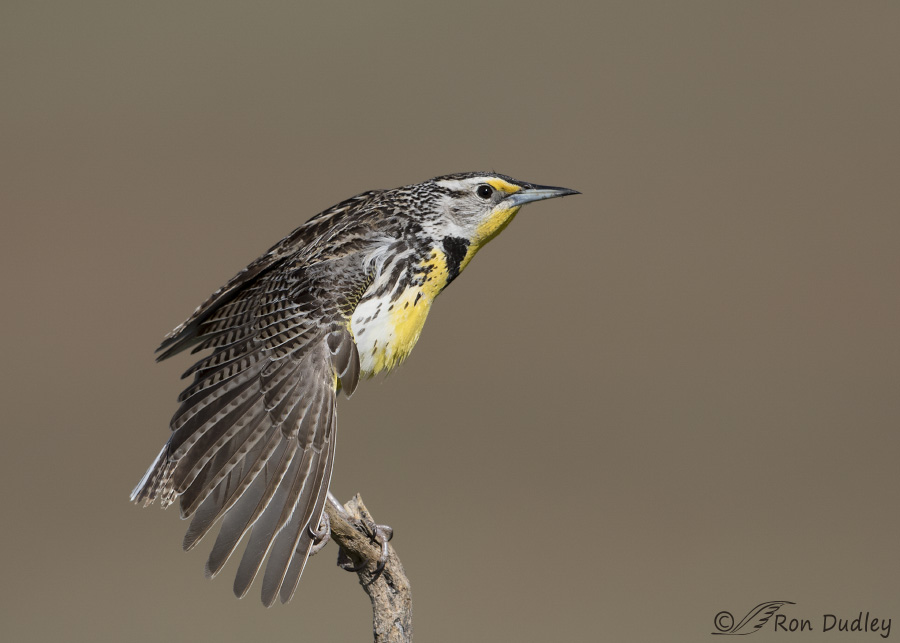
1/5000, f/7.1, ISO 320, Canon 7D Mark II, Canon EF 500mm f/4L IS II USM, not baited, set up or called in
the claw was only long enough to reach across a single feather.
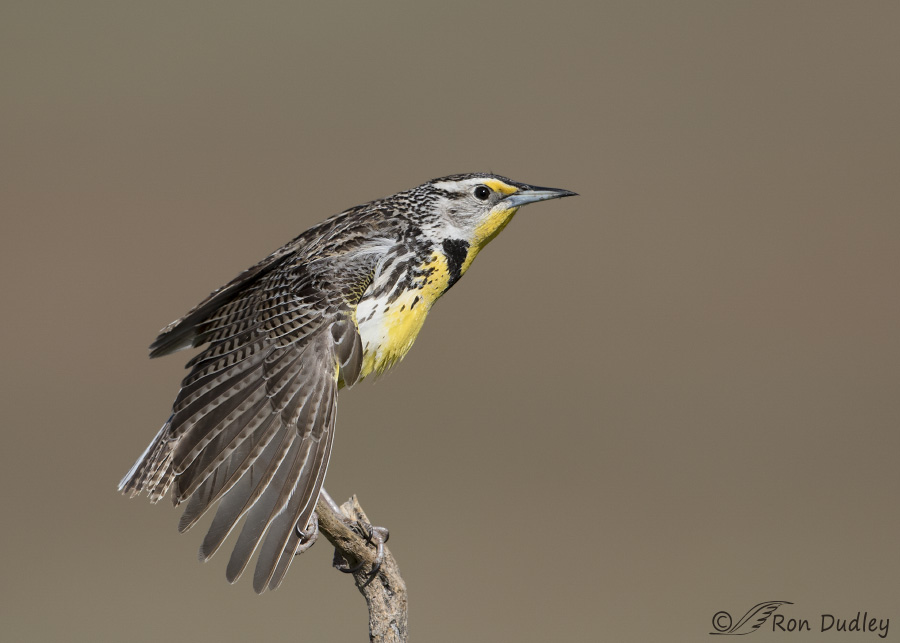
1/4000, f/7.1, ISO 320, Canon 7D Mark II, Canon EF 500mm f/4L IS II USM, not baited, set up or called in
But the claw continued to move down that feather…
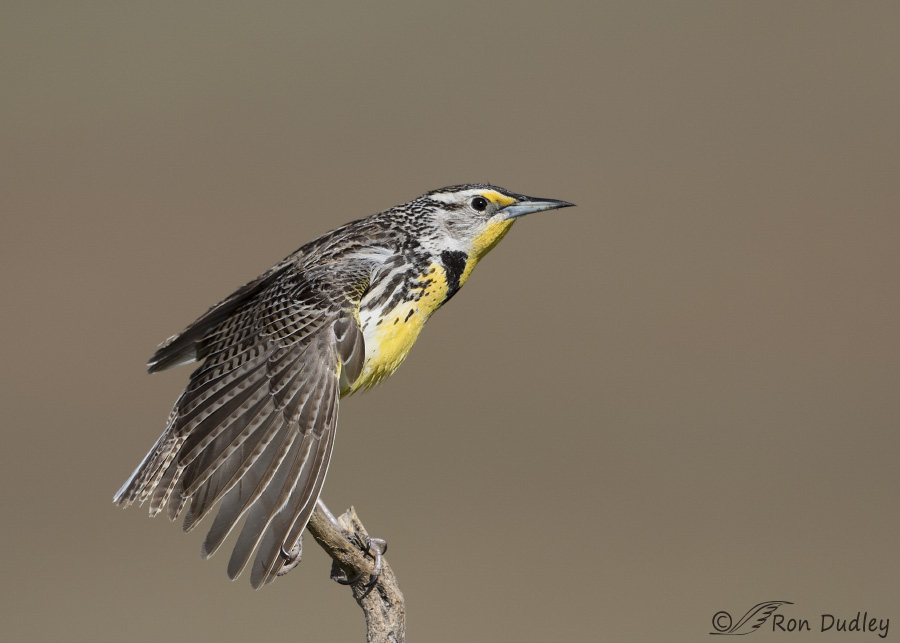
1/4000, f/7.1, ISO 320, Canon 7D Mark II, Canon EF 500mm f/4L IS II USM, not baited, set up or called in
until it could reach across two feather edges again.
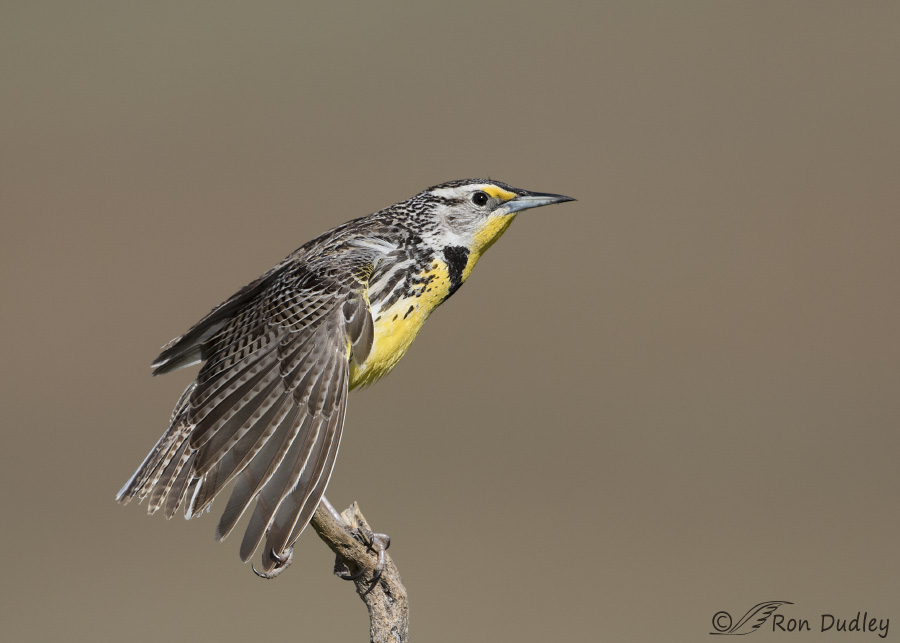
1/4000, f/7.1, ISO 320, Canon 7D Mark II, Canon EF 500mm f/4L IS II USM, not baited, set up or called in
When the claw reached the end of the feathers…
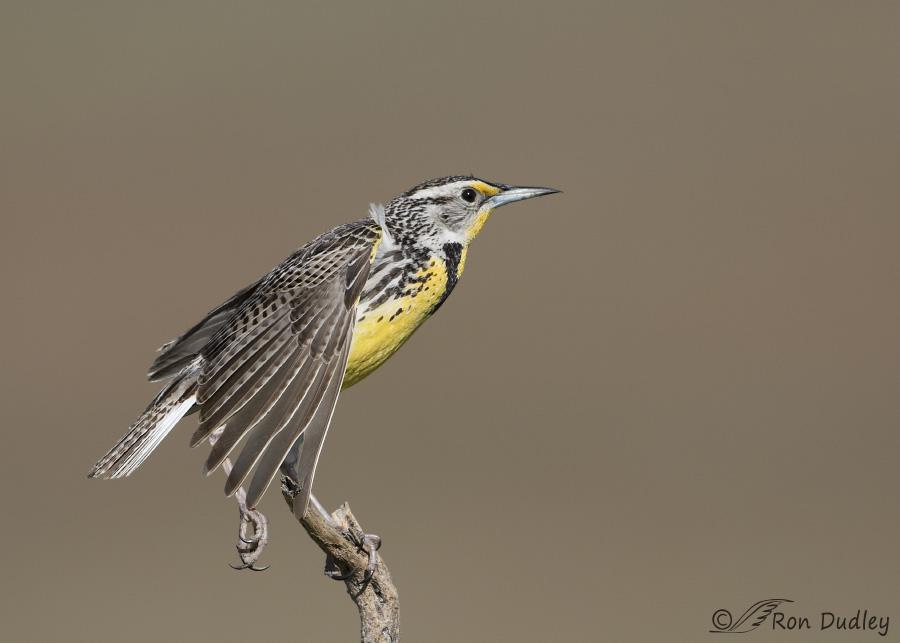
1/4000, f/7.1, ISO 320, Canon 7D Mark II, Canon EF 500mm f/4L IS II USM, not baited, set up or called in
the bird dropped its foot and then immediately placed it back on the perch. It didn’t stretch that leg.
I was intrigued by this behavior when I first noticed it while reviewing my images at home. I believe that it was done deliberately instead of the claw just accidentally being hooked on the feathers as the foot moved down. But if it was a purposeful behavior, as I believe it was, it begs the question of why? What purpose could it serve? I have a working theory.
Microscopically, contour feathers consist of barbs, barbules and hooks. The barbules overlap with each other in a herringbone pattern and are held together with great tenacity by their tiny hooks (similar to the way Velcro works). But those hooks are often pulled apart by the forces of everyday activities of the bird, leaving gaps in the vanes of the feathers. Birds then close those gaps while they’re preening by grasping the base of the feather and pulling the length of it through their bill, thus “re-zipping” the Velcro-like hooks. Many of us have done the same thing with a feather by running it lengthwise through our fingers.
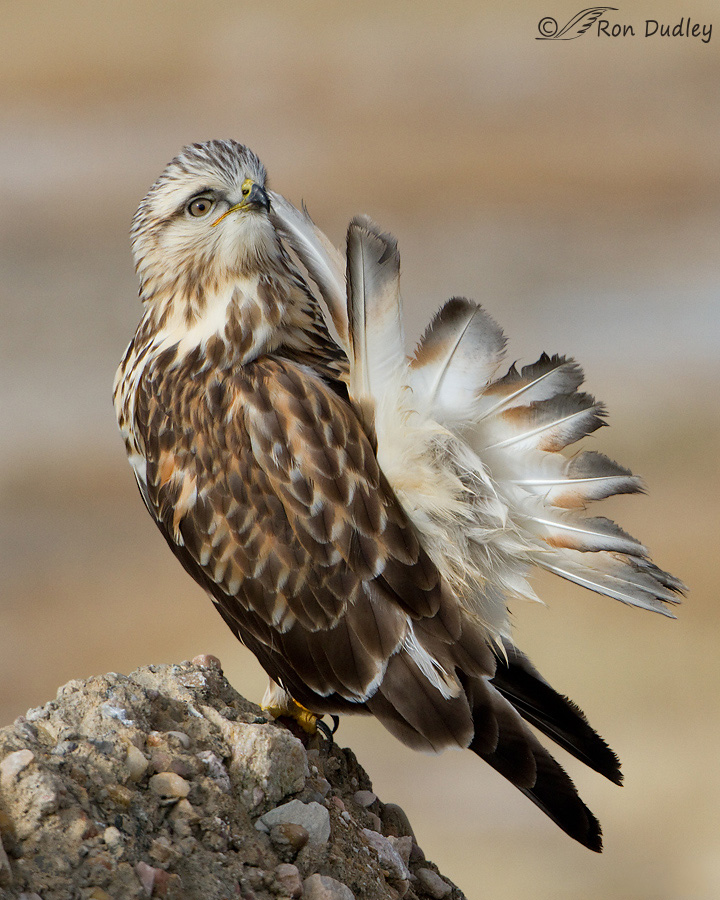 And that’s exactly what this Rough-legged Hawk is doing while preening – re-zipping the hooks. We can see how ragged the tail feather edges are because many of the barbules have become separated.
And that’s exactly what this Rough-legged Hawk is doing while preening – re-zipping the hooks. We can see how ragged the tail feather edges are because many of the barbules have become separated.
It’s my working hypothesis that the meadowlark may have been re-zipping the tiny hooks on the leading edge of the primaries by moving its claw down their length. It’s particularly important that the leading edge of the wing be as crisp as possible as it moves through the air and it seems logical to me that this behavior could accomplish that task as well as traditional preening.
It’s only a theory and I may be way off base so I thought I’d throw it out there for “peer review…”. Alternative theories are encouraged.
Ron


What you wrote makes sense to me!! Birds are remarkable animals.
They certainly are, Linda.
Learning, learning, learning.
Marvelling all the while.
The final shot of the ‘pectinate’ (and what a wonderful word that is) toes link made me think of a crab claw.
Open eyes, hearts and minds give us HUGE bonuses don’t they?
You’re right about the crab claw, EC. I went back and looked again. Thanks.
Yes, open minds let all kinds of stuff in…learning, learning, learning! LOVE it!
Amazing behavioral shots Ron truly incredible. Thanks for sharing!
Charlotte
Thank you, Charlotte.
This is a great series and a fascinating behavior. I’ve fallen in love with that Rough-legged Hawk! Gorgeous bird! Hope you’ll post more pics of him/her.
“Hope you’ll post more pics of him/her”
I’ll put that on my list of potential posts, Susan. Thanks for the idea.
I love the Rough legged Hawk photo. I think it is one of my favorites now. I have to keep going back and studying it. How on earth did you get all of the different depths of the feathers in such clear focus?
April, Actually most of the feathers of this hawk (that we can see) were fairly close to being in the same plane so that helped. I’m pretty sure that I also played with my DOF by adjusting aperture (I can’t quickly check for that right now because the exif data was stripped out of this version of the image).
This wonderful bird posed for me for a very long time. I have more nice images of it than I can count!
Great series of a behavior I’ve not observed before (or simply missed by not paying close enough attention before). Your explanation certainly makes sense, but let me offer an alternative. (Just a thought, not necessarily any more valid than yours.) By grabbing the end of the wing and pulling down, the meadowlark can provide additional muscle resistance than merely stretching can provide. If the bird is also pulling upward with the wing, the muscles that move the wing up or down become more fully engaged. By moving the claw along the feather to its tip, the muscles are stretched as long as possible and the feather vane remains “zipped”. Removing the claw before it reaches the tip would leave an open area in the feather. Just a thought.
Now I’ll have to watch for this behavior. How frequently does this happen and in how many species? Always more questions to investigate which is why nature is so fascinating to study.
“How frequently does this happen and in how many species?”
That precise question keeps going through my mind, Dan. I’m sure going to be watching more carefully for it in the future.
And thanks for providing your alternative theory. It’s certainly interesting to speculate.
Ah yes, another thing to ponder and wonder! As with all the other bird behaviors, I KNOW there’s a valid reason for it–things they know and we just don’t. That’s probably because we don’t have feathers, we can’t fly (among other of our species’ design flaws) and thus, we can’t know what all that is about. LOL! Like you, I haven’t yet seen a bird preening with a talon, but heck, what do I know? All that said, I don’t think it’s necessarily a bad thing NOT to know, but instead to reside in the question, the wonder and the Oh WOW! It gives our minds something delightful to do since we can’t solve the riddle of our own existence. OK, that’s way too philosophical for being halfway through my first cup of coffee
Again, a spectacular series of shots, including the Rough-legged hawk. Thanks you!
“I haven’t yet seen a bird preening with a talon, but heck, what do I know?”
Check this out, Laura. I remember studying pectinate toes in my college Ornithology class but FB (and personal) friend Nancy DeWitt provided the link. Meadowlarks don’t have pectinate toes but a fair number of other species do, including Barn Owls. Pretty neat stuff.
http://infinitespider.com/birds-pectinate-toes-built-combs/
Well, isn’t that just a COOL adaptation! I hadn’t yet encountered that bit of knowledge, so THANKS (again!)! But now that barn owls are included in that discussion, that makes me wonder why all raptors haven’t developed those pectinate toes? Most raptors preen their head feathers by rubbing their heads on the top of their wings (when perched/standing). So maybe the barn owls developed this method, the other raptors have noticed it, think it’s a good idea and are just now in the process of making that adaption happen? Or not. Oh the possibilities, the questions and oh so much more to learn! Life is good!
I’d really love to study ornithology–it’s sad that NY and I don’t get along, I live an hour’s drive from Cornell and their Lab of Ornithology and I haven’t had the money/resources to make that happen here (other than my ongoing personal study). Yeah, I know I’m a geezer now, but I’m still on this side of the dirt and almost anything CAN still happen!
My daughter first ran into this on a Poorwill in the rehab about 10 years ago. Now when we get a bird in I have been looking at their toes for a comb.
I can’t help but wonder if that hawk will repeat that action.does it regularly, will pass it on to any of its babies…just curious….
Yes, they do it instinctively, Patty. By definition instincts are inherited. Here’s one definition of “instinct”:
” a largely inheritable and unalterable tendency of an organism to make a complex and specific response to environmental stimuli without involving reason”
I’ve called instinct perfect intelligence, installed at the factory
I love that!!!
So do I.
I’ve found that when I follow my instincts, my gut if you will, it’s always right. Obviously, some of that knowledge is transmitted through hormonal/chemical changes in the body–those reactions that happen without our conscious knowledge, but when we deny those instincts, we routinely get ourselves into trouble. The other part of instinct is a kind of what I’d call a species memory–things we’ve learned over the eons, like a prey species knowing the image of an approaching predator, even from the beginning of life. That’s not something that’s learned/taught, but something that’s simply known. We humans tend to dismiss the instinctual, putting that pesky “just” word in front of it when I think we’d do far better to listen to it and listen intently. Just my thoughts on the subject. I ponder a lot of things
Very interesting Ron. I like the velcro analogy.
Thank you, Ed.
Endlessly interesting aren’t they? What’s most amazing is how you come up with something interesting, new, and different every day!!! Not sure if the hawk is doing its Saturday Morning Live imitation of a Sage Grouse, a turkey or a Peacock…and you think he’s just zipping his barbs, barbules and hooks!!!
“What’s most amazing is how you come up with something interesting, new, and different every day”
I owe much of that to my subjects, Patty. As you say, birds are endlessly interesting.
Hi Ron,
As I read your post, I was thinking that the bird was preening, and you confirmed those thoughts. Then (in the final Meadowlark image) I noticed that the tip of that outer primary appears to be damaged. No punch line here, except to say that I think you are correct and the feather was indeed in need of some attention. And, if that is the case, how was the bird able to “know” it? Sight? Feel? Flight performance?
Cheers,
Dick
“And, if that is the case, how was the bird able to “know” it”
Or perhaps it doesn’t “know” it, Dick. Maybe it just instinctively does it occasionally when stretching. I know I’ll be watching for that behavior in the future when I have my lens trained on a stretching bird.
One of those fascinating behaviors that begs the question of just how much can be transmitted through genetics! It seems notable that what actually is essential to maintain a bird’s flying skills, we describe as ‘preening’. Silly humans!
Of course, with the rampant competition for the best mate, never hurts to be sleek and groomed. And then I remind myself, “Isn’t that as important for perpetuation of the lineage?” On second thought, silly me to dismiss preening as frivolous!
Some interesting observations, Alison. Thanks.
Nice detail. I think it’s like running a comb through your long hair…….well, someone else running a comb through their long hair!! lol
Thanks, Carol. Could be…
Kind of like us running our fingers through our hair.
That doesn’t work for me, Judy. I don’t have enough hair up there!
Right on Ron!!
Wonderful visual example of how a bird takes care of their “coat” feathers! Feathers protect a bird and represent its survival – they instinctually deal with taking care of them and probably learn different methods to do so. Wonderful pictures, great lesson, many thanks for your careful and persistent look into bird behavior.
Thanks, Dick. I may or may not be right but it’s interesting to ponder, isn’t it?
That’s what I kind of figured when I say it – just different from using the bill. Wonderful photo series!
Wonderful photo series! 
It seems like it might accomplish the same job, doesn’t it, Judy?